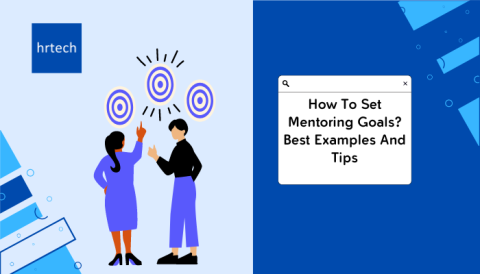As an HR leader, you’re constantly tasked with finding top talent while also ensuring your teams are equipped to excel. The pressure to hire the right people, reduce turnover, and maintain employee engagement can feel relentless. At the same time, you’re expected to provide ongoing training to keep up with new skills and evolving needs.
The challenge is even greater when training and recruitment aren’t aligned. Research from McKinsey shows that 87% of executives agree there is a significant skills gap in their workforce, which directly impacts recruitment and long-term growth. Without a strategy that integrates training and recruitment, it’s hard to meet your goals effectively.
In this blog, we’ll explore how training and development can be aligned with your recruitment efforts. We’ll cover the importance of T&D, the processes that drive it, and best practices for building a more effective recruitment and training strategy.
What is Training and Development?
Training and development (T&D) are essential components of any HR strategy. Training focuses on improving specific job skills, while development aims at long-term growth. Both play a crucial role in employee performance, retention, and overall satisfaction.
Training is typically short-term and skill-specific. Development, on the other hand, focuses on broader career growth and leadership skills. Together, they ensure that employees not only perform their current roles well but also grow within the company.
By aligning T&D with recruitment efforts, you create a cycle of continuous improvement. This alignment helps address skill gaps, prepare employees for future roles, and enhance overall workforce performance.
Now that we’ve defined training and development, let’s explore why these concepts are crucial for your HR strategy.
The Importance of Training and Development in HRM
Training and development are essential in ensuring employees contribute effectively to their roles and the organization’s long-term goals. By focusing on both immediate job performance and future growth, T&D plays a key role in recruitment and retention strategies. When training is aligned with recruitment, it creates a continuous cycle of skill development and employee satisfaction.
Here’s why training and development are crucial for your recruitment strategy:
- Improves Job Performance: Well-trained employees are more capable of handling their responsibilities and play a key role in the overall success of the team.
- Increases Employee Retention: Offering growth opportunities through T&D encourages employees to stay with the company longer.
- Reduces Recruitment Costs: Investing in training minimizes the need for constant hiring by upskilling existing staff.
- Fills Skill Gaps: T&D helps address any skill shortages within the company, reducing reliance on external recruitment.
- Enhances Employee Engagement: Continuous learning keeps employees engaged and invested in their roles, which boosts their motivation and overall productivity.
With the value of T&D clear, let’s look at the essential steps involved in executing a successful program.
The 5 Key Processes of Training and Development
Training and development involve a series of processes that ensure employees grow in their current roles and prepare for future responsibilities. Each step in the T&D process plays a key role in aligning employee capabilities with organizational needs. When integrated with recruitment, these processes help build a more skilled, efficient workforce.
Here are the five essential processes of training and development:
- Needs Analysis: Assess the current skill gaps and identify areas where training is necessary for both new hires and existing employees.
- Program Design: Create structured training programs that address specific skill needs and align with the goals of the organization.
- Implementation: Deliver training using various methods, such as classroom sessions, e-learning, or on-the-job training, to meet diverse employee needs.
- Evaluation: Evaluate the success of training programs by monitoring key indicators such as employee performance, how quickly they become productive, and their retention rate.
- Feedback and Adaptation: Collect feedback from participants and managers, then adjust the training programs to improve outcomes and relevance.
While the basics are essential, it’s also important to keep an eye on the trends shaping how we train and develop employees.
Current Trends in Training and Development

Training and development are continuously adapting to meet the needs of modern workplaces. With new tools and technologies, the way we train employees is changing. Keeping up with these trends allows you to stay ahead in recruitment while offering employees better opportunities for growth and development.
Here are the key trends in training and development to consider:
- AI and Data-Driven Learning: AI tools are increasingly used to personalize training and track employee progress through data analytics.
- Mobile Learning: Mobile-friendly training platforms allow employees to access content anytime and from anywhere, making learning more flexible.
- Gamification: Incorporating game-like elements into training programs makes learning more engaging and motivates employees to complete courses.
- Blended Learning: A combination of online and in-person training methods helps employees gain a well-rounded learning experience, covering different styles and needs.
- Leadership Development: There is a growing focus on developing future leaders within the organization through targeted training programs.
Now that we’ve looked at the trends, it’s essential to measure how effective your training programs are in practice.
Measuring Employee Performance After Training
It’s crucial to assess the impact of training to determine if it’s working and whether the investment is worthwhile. Evaluating training results helps improve future programs and ensures that the investment is worthwhile. Without tracking performance, it’s hard to determine if the training met its objectives or contributed to overall company goals.
Here are the key ways to measure employee performance after training:
- Time-to-Productivity: Measure how quickly employees become productive after completing training. Faster productivity indicates that the training was practical.
- Employee Retention: Track the retention rates of employees who received training. Higher retention can signal that the training met their professional development needs.
- Internal Promotions: Assess the number of employees promoted after completing training. Training prepares employees for future roles and leadership positions.
- Training ROI: Calculate the return on investment by comparing the benefits of the training (e.g., performance gains) to its cost.
- Feedback and Evaluation: Gather input from employees and managers to assess training effectiveness and identify areas for improvement.
With performance data in hand, it’s time to look at how HR can take a proactive role in shaping effective T&D strategies.
The Role of HR in Training and Development
HR is essential in ensuring that training and development are closely tied to both recruitment efforts and the overall goals of the organization. By managing and overseeing the T&D process, HR ensures employees have the right skills to meet current and future needs. When HR effectively manages training, the entire workforce benefits from continuous learning and growth.
Here are the key ways HR contributes to training and development:
- Identifying Training Needs: HR collaborates with managers to pinpoint skill gaps and determine where training is needed to support the recruitment process.
- Designing Training Programs: HR designs programs that align with business goals while addressing the specific needs of employees and departments.
- Managing Training Delivery: HR oversees the delivery of training programs, ensuring the proper methods and platforms are used to meet employee needs.
- Monitoring Effectiveness: HR is responsible for evaluating the success of training initiatives and making adjustments to improve outcomes.
- Employee Support and Motivation: HR encourages participation in training and offers continuous support to ensure employees stay engaged and motivated.
With HR’s involvement outlined, let’s look at the different methods used in training and development to achieve the desired outcomes.
Training and Development Methods in HRM
Different training methods are used to address diverse learning needs across various roles and industries. The correct method ensures that employees acquire skills that can be applied immediately. Each technique plays a crucial part in delivering the most effective training, tailored to the workforce’s requirements.
Here are the primary training methods used in HRM:
- Classroom Training: Traditional in-person sessions that provide employees with structured learning and direct interaction with instructors.
- E-learning: Online training programs that give employees the flexibility to learn at their own pace, from anywhere they choose.
- On-the-Job Training: Practical, hands-on training where employees learn by performing tasks related to their job.
- Mentorship and Coaching: Personalized development through one-on-one sessions with a mentor or coach to enhance leadership and skills.
- Workshops and Seminars: Group-based learning sessions focused on specific skills or topics, often involving activities and discussions.
As we look at training methods, it’s important to also acknowledge and address the challenges that can arise during the process.
Overcoming Challenges in Training and Development

Despite the benefits, training and development face several challenges in most organizations. These challenges can hinder the effectiveness of recruitment efforts and the quality of training programs. By addressing these obstacles, you can ensure your training strategy is impactful and aligned with organizational goals.
Here are some common challenges in training and development:
- Skill Gaps: Finding candidates with the required skills is challenging, making training a necessity to fill these gaps.
- Budget Constraints: Limited resources can hinder the ability to provide comprehensive training programs or recruit external trainers.
- Employee Engagement: Keeping employees motivated and involved in training programs can be challenging, especially with remote work setups.
- Technology Adoption: Employees and trainers may struggle with new training platforms or tools, impacting the overall learning experience.
- Scalability: Ensuring that training programs are scalable and applicable across various departments or locations can be complex.
Once challenges are addressed, implementing best practices will help make training and development efforts more effective.
Best Practices for Effective Training and Development
To ensure that your training and development efforts yield the best results, it’s essential to follow best practices. These practices help optimize training programs and align them with both recruitment and business goals. They also improve employee engagement and overall learning outcomes.
Here are some best practices to follow for successful training and development:
- Personalized Learning Paths: Tailor training to the individual needs of employees to ensure the content is relevant and applicable.
- Competency-Based Training: Align training programs with job-specific skills and organizational goals to enhance performance and ensure relevance.
- Continuous Feedback: Consistently collect input from both employees and managers to adjust training programs and ensure they meet the desired goals and expectations.
- Use of Technology: Use modern tools and platforms to make training more accessible, interactive, and meaningful for every employee, regardless of location or role.
- Leadership Development: Focus on developing leadership skills to identify and nurture potential leaders within the company.
Incorporating best practices is essential, but partnering with the right HR solutions provider can enhance your efforts.
Teamlease: A Partner in Training and Development for HRM
Teamlease plays a key role in supporting organizations with training and development solutions tailored to recruitment strategies. By offering services that focus on upskilling and preparing employees for future roles, Teamlease ensures that organizations have the right talent equipped with the right skills. This integration between recruitment and training helps build a skilled, high-performing workforce.
Here’s how Teamlease contributes to training and development in HRM:
- Professional Staffing: With over 200 talent acquisition professionals, Teamlease ensures recruitment aligns with the skills needed to optimize training and development efforts.
- HR Technology Marketplace: Offering access to over 450 curated HR solutions, Teamlease helps organizations choose the right tools for training delivery and performance tracking.
- HR Advisory and Consulting: Teamlease provides expert advice on designing training programs that support recruitment needs and meet specific organizational goals.
- Enterprise Learning: With a network of over 10,000 empanelled trainers, Teamlease delivers customized learning programs that cover both functional and behavioral competencies.
With Teamlease’s support, you can implement effective training strategies that align with your recruitment needs.
Conclusion
Training and development are essential for aligning recruitment strategies with long-term organizational goals. When both are integrated, businesses can build a more capable and engaged workforce. Investing in continuous learning not only improves job performance but also boosts retention and employee satisfaction.
Teamlease offers a comprehensive approach to training and recruitment, helping organizations meet their HR needs effectively. With tailored training solutions and professional staffing services, Teamlease ensures that employees are well-equipped to contribute to business success.
If you’re looking to improve your HR strategy and drive employee growth, Teamlease is the right partner. Contact Teamlease today to explore how they can support your training and recruitment needs.







